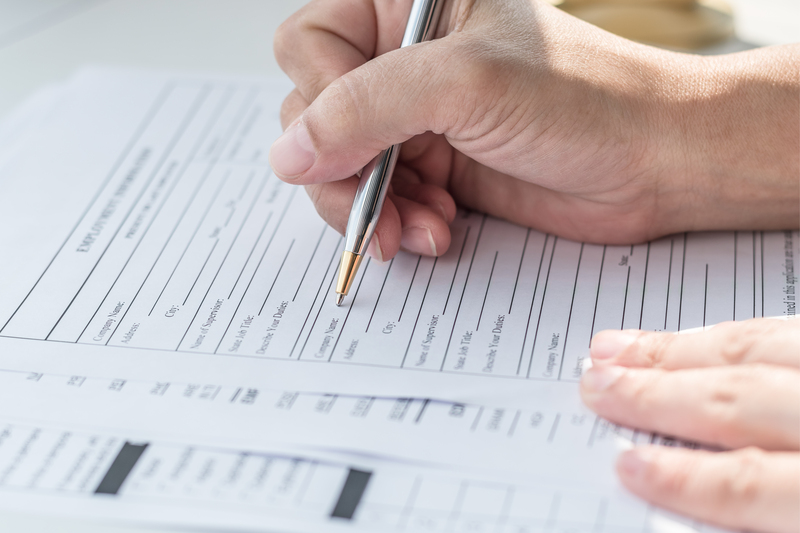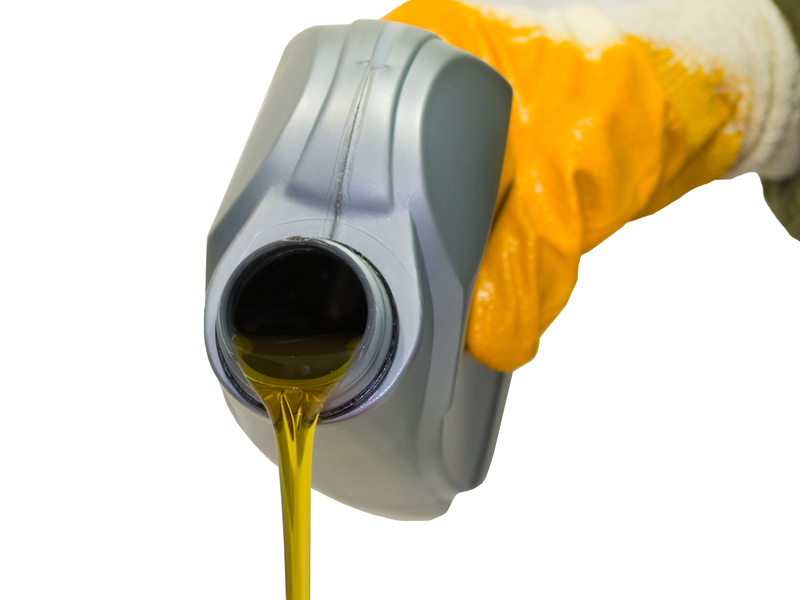The Right Way to Recycle Your Pots and Pans
Are your old pots and pans taking up precious space in your kitchen? Disposing of them responsibly is critical for environmental sustainability. Learn the best practices for recycling cookware, from nonstick skillets to cast iron Dutch ovens, in this comprehensive guide.
Why Recycle Your Old Pots and Pans?
Cookware is made from valuable materials like aluminum, stainless steel, cast iron, and sometimes copper. Recycling your cookware helps conserve resources, reduces landfill waste, and minimizes the environmental impact of mining for virgin materials. With the global push for circular economies, properly recycling old pans and pots is more important than ever. So, what's the best way to get rid of worn-out pots and pans? Let's dive in.

Understanding the Materials: Pots and Pans Composition
Before recycling your cookware, it's essential to know what materials you're dealing with. Common cookware materials include:
- Aluminum - Lightweight, often used in frying pans and saucepans.
- Stainless Steel - Durable, corrosion-resistant, widely used in kitchens.
- Cast Iron - Heavy, excellent heat retention, commonly found in skillets.
- Copper - Efficient heat conduction, usually with a protective lining.
- Nonstick Coatings (e.g., Teflon) - Provide easy-clean surfaces but complicate recycling.
- Composite Materials - Some modern cookware uses a mix of materials or ceramic linings.
Knowing your cookware's composition is crucial for selecting the right recycling route.
Should You Throw Away Old Pots and Pans?
Throwing your old pots and pans into household trash might seem easy, but it is not eco-friendly. Metal does not decompose, and nonstick coatings can release toxins during incineration. Moreover, pots and pans take up valuable landfill space that could be saved. Instead, explore your local recycling and donation options to ensure you choose the right way to recycle your cookware.
Best Ways to Recycle Your Pots and Pans
Depending on their condition and material, you have several options for responsible cookware disposal:
1. Donate Usable Cookware
If your old pots and pans are still in good condition, consider donating them before opting for recycling. Charities, thrift stores, shelters, and community kitchens may welcome gently used cookware. Check with local organizations about donation guidelines.
- Goodwill and Salvation Army thrift stores often accept cookware.
- Community centers, food banks, and domestic violence shelters may need pots and pans.
- Schools, churches, or youth groups might also make use of your old cookware.
2. Sell or Reuse
If your pots and pans are in reasonable shape but you simply want an upgrade:
- Host a garage sale or post on local online marketplaces.
- Offer them on Freecycle or neighborhood exchange groups.
- Repurpose pans as planters, storage containers, or craft supplies for creative DIY projects.
3. Metal Scrap Yards
All-metal cookware (i.e., pure stainless steel, aluminum, or cast iron) is highly recyclable at a local scrap metal facility. Here's how:
- Contact your nearest scrap metal recycler and ask if they accept cookware.
- Remove non-metal parts (plastic handles, glass lids, silicone covers) if possible.
- Separate pans by material type if you have multiple kinds (aluminum vs. steel, etc.).
Tip: Scrap yards often pay by weight for high-demand metals like copper and aluminum.
4. Municipal Recycling Programs
Some city recycling programs accept metal cookware curbside or at drop-off centers. Requirements vary, so:
- Check your local recycling guidelines before placing pots and pans in the bin.
- Remove non-metal components as required.
- Do not recycle nonstick cookware or glass lids curbside unless explicitly allowed.
5. Specialty Recycling for Nonstick or Coated Cookware
Nonstick pans often contain PTFE (Teflon) coatings that complicate recycling since coatings can contaminate metal recycling streams.
- Contact local household hazardous waste facilities to ask about coated pots and pans.
- Some brands offer take-back programs for their own nonstick products.
- Mail-in recycling programs, like TerraCycle, accept certain types of cookware (check their current policies).
Never burn or incinerate nonstick pans, as this can release toxic fumes.
How to Prepare Cookware for Responsible Recycling
Proper preparation ensures your cookware has the best chance of being recycled efficiently. Follow these simple steps:
- Clean thoroughly: Wash away food residues and grease.
- Disassemble: Remove and separate any non-metal or mixed-material components (handles, knobs, lids, etc.).
- Sort by type: If possible, organize cookware by material to streamline processing at recycling centers or scrap yards.
- Label: If unsure about recycling instructions, clearly mark items and include notes.
The Challenges of Recycling Nonstick and Specialty Pans
Nonstick pans and enameled cast iron present unique problems in recycling. Metal recyclers may refuse items with synthetic coatings because the coatings need to be burned or chemically removed, contaminating the recycling stream. Here's what to do:
- Look for upcycling options: Nonstick pans make great garden planters, mixing trays, or birdbaths.
- Contact manufacturers: Some companies like Calphalon, GreenPan, or Tefal offer take-back recycling programs for their products.
- If these options aren't available, check with your local municipal waste program for advice on disposal.
Frequently Asked Questions About Cookware Recycling
Can I Recycle My Pots and Pans Curbside?
Not always. Most curbside recycling programs don't accept cookware unless specifically noted. Metal containers allowed in recycling bins are typically limited to tin cans, aluminum beverage cans, and similar items. Check with your municipal program before placing cookware in your curbside bin.
Are Glass and Plastic Lids Recyclable?
Glass lids can often be recycled with other glass if your recycler accepts household glass items (like jars or bottles--not window glass or cookware). Plastic lids can be recycled with plastics if labeled with a recycling symbol. However, always confirm with your local program as guidelines vary greatly.
Do Retailers Take Back Old Cookware?
Some retailers offer trade-in events or recycling for cookware when you buy a new set. Examples include:
- Special events at stores like Williams-Sonoma or Sur La Table.
- Brand-specific mail-in programs (check your cookware manufacturer's website).
What Happens to Recycled Cookware?
After collection and processing, recycled pots and pans are melted down and turned into new products, such as construction materials, automotive components, or even new kitchen utensils. This closed-loop approach helps conserve natural resources and shrink your home's environmental footprint.
The Sustainability Impact: Why Responsible Cookware Recycling Matters
Every year, millions of tons of metal waste end up in landfills. By choosing the right way to recycle your pots and pans, you:
- Help conserve finite resources like bauxite (for aluminum) and iron ore.
- Reduce energy consumption: recycling metal uses far less energy than mining and refining new ores.
- Cut carbon emissions and lessen pollution.
- Support a circular economy by keeping useful materials in the supply chain.
For every pan recycled, you're making a tangible difference in protecting the planet for future generations.
Creative Upcycling Ideas for Old Cookware
If recycling options are limited, consider upcycling your unusable pots and pans into something new and useful. Here are some creative and eco-friendly ideas:
- Garden planters: Drill drainage holes and transform old pots into rustic flower or herb planters.
- Storage bins: Hang pans on a pegboard for organizing tools in the garage or workshop.
- Bird feeders or baths: Use deep pans for small birdbaths or seed feeders.
- Craft projects: Turn handles into hooks, or use mini pans for quirky wall decor.
- Serving trays: Enameled pans make unique rustic serving platters.
Upcycling gives your cookware a second life and helps reduce demand for new raw materials.

Simple Checklist: The Right Way to Recycle Pots and Pans
- Assess condition: Usable? Donate or resell. Non-usable? Recycle or upcycle.
- Identify material: Pure metal? Nonstick or coated?
- Remove non-recyclable elements (handles, knobs, plastic parts).
- Clean thoroughly.
- Find a reputable recycler or scrap yard for metal pans.
- Seek specialty recycling for nonstick and coated cookware or check manufacturer recycling programs.
- Consider creative reuse if all else fails.
Conclusion: Make Every Pan Count
Properly recycling your pots and pans is a crucial step in minimizing your kitchen's environmental impact. By following the right way to recycle cookware, you'll not only declutter your home but also contribute to a healthier planet. Donate when possible, recycle when practical, and upcycle when inspired--your efforts truly make a difference. Share this guide with friends and family to spread the word about sustainable cookware disposal and create a greener future together.
Ready to recycle your pots and pans the right way? Take these tips, start sorting, and make your next kitchen upgrade eco-friendly from start to finish!